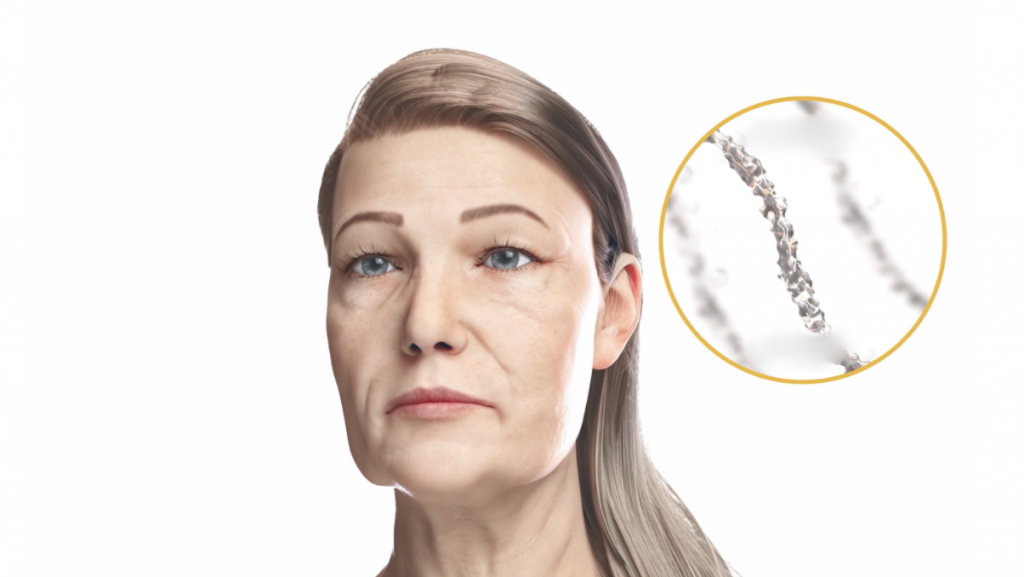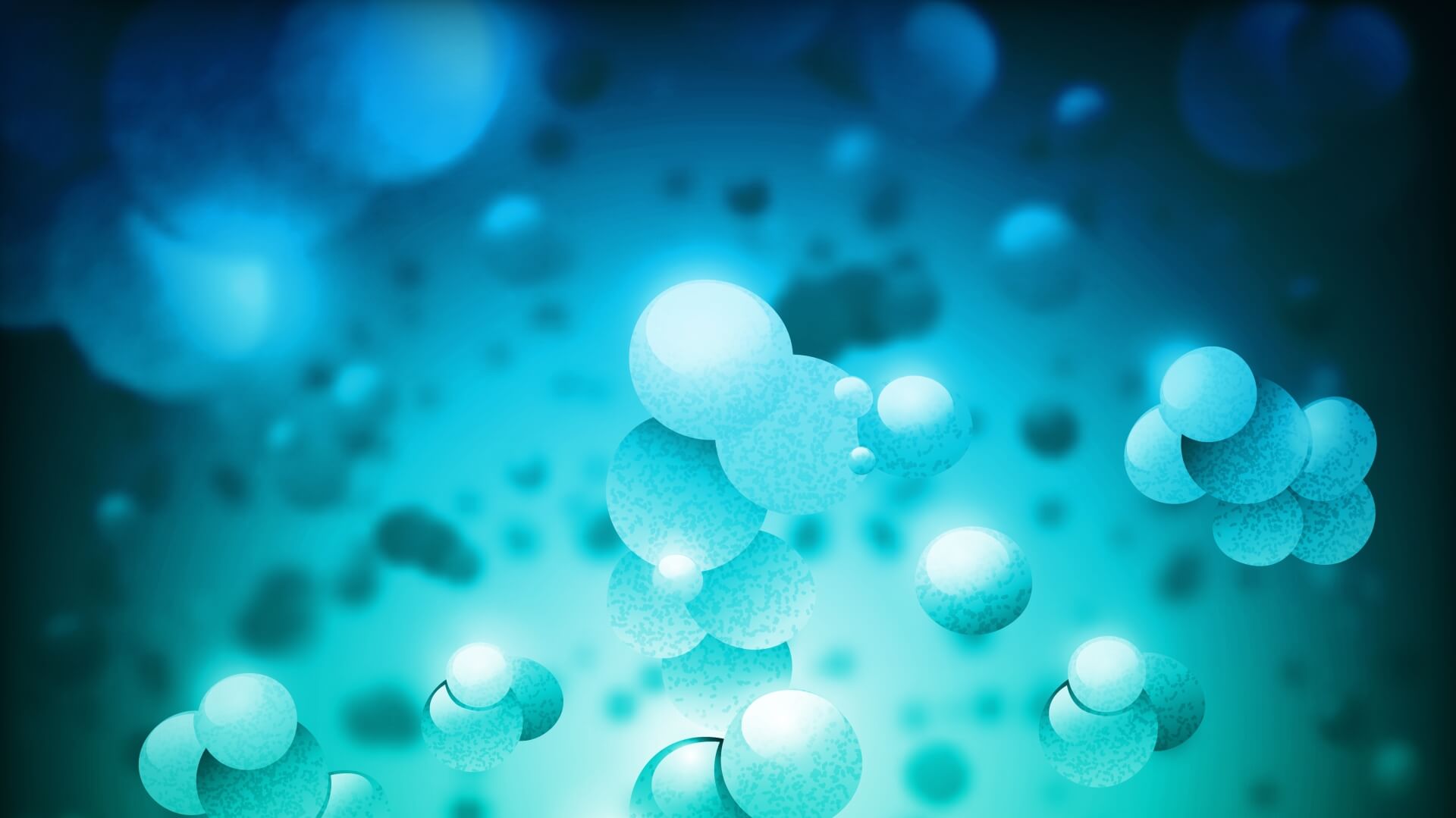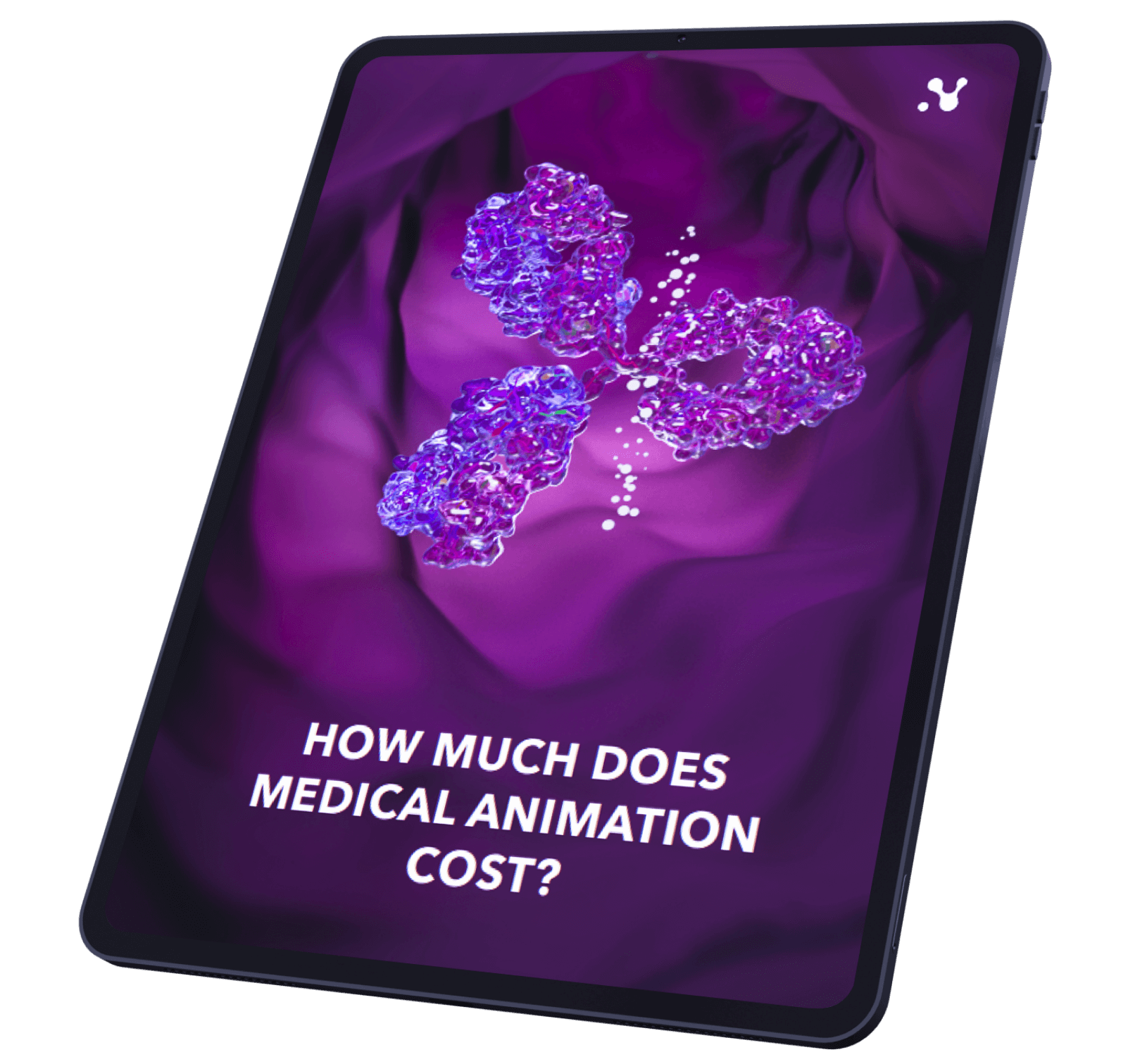A fairly significant part of our projects is devoted to cosmetology. In our experience, a 3D animation is an essential tool for promoting cosmetic products, devices, and procedures, visually presenting information to healthcare professionals and patients. So let’s use the experience of our 3D projects to see how 3D animation helps in cosmetic marketing.
Skin aging is a complex biological process caused by various factors. However, skin health and beauty are considered the principal factors representing overall “well-being” in humans, and many anti-aging strategies have been developed in the few years.
Regardless of the cosmetology treatment we promote in the 3D medical video; every video has a character. The character’s story often begins with showing signs of aging, focusing on the face. For this purpose, we often create a 3D model of a woman’s face because it provides several benefits. First of all, we can accentuate any signs of aging that are treated by the promoting therapy. 3D models allow for the creation of any individual face which would look realistically and attractively. For example, if we create a video about botulinum toxin in cosmetology, we would make a 3D model of the face focusing on frown lines, crow’s feet, and glabellar frown lines. This way, we can accurately accentuate any problems solved by the treatment method.

Wrinkles and other signs of aging are the external sides of the issue. In reality, many aging processes occur at the molecular and cellular levels. For example, with aging, collagen changes from well-organized bundles of fibers in young skin to fragmented and dis-organized fibers in older skin, fibroblasts shrivel, elastin fibers degenerate, the blood vessels of the dermis become more fragile, and the epidermis thins. Often the rejuvenating methods work at the molecular, cellular, and tissue levels, and doctors need to understand how any treatment works scientifically. If the doctors don’t understand the mechanism of action of the method, they won’t trust it and likely wouldn’t use it. Medical 3D animation allows the reproduction of all biological processes on the screen. We can show various transformations of molecules, renewal of cells and intercellular structures, and reorganization of tissues. 3D animation has many tools to simplify the understanding of complex processes significantly.

In recent years, the use of invasive surgery has decreased, and more and more patients are turning to non-invasive options. Many devices of hardware cosmetology work invisibly – we cannot see the waves or impulses they generate. For example, devices of ultrasound lifting generate intensive ultrasonic impulses creating thermocoagulation zones in a SMAS layer, causing so-called SMAS-lifting. The effect builds up over 90 days after the procedure. How could 3D medical animation support the promotion of this device? First, 3D animation shows the ultrasound waves visibly and explains how it works in the SMAS layer. After that, in just a 10-second scene, we could show the changes that will happen to the skin after the procedure in 90 days. The patients and doctors would know in detail which changes to expect at that time.

Injection cosmetology has several benefits, such as immediate effects and predictable results. However, many patients do not go through it. They fear complications and worry about the pain impact. 3D medical animation can help understand the procedure from the inside, showing the destructive and restorative processes in the tissue, which will help the patient gain trust in the procedure.

3D medical animation conveys the benefits of cosmetic procedures, explains clearly and methodically, and fascinatingly shows product features. Nanobot medical communication team has extensive experience in cosmetic projects.
L’Oréal’s HAPTA announced a computerized makeup applicator that helps people with limited mobility apply makeup independently.


